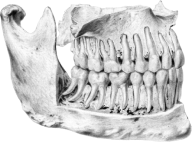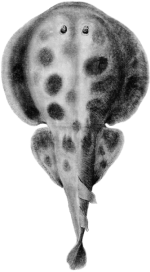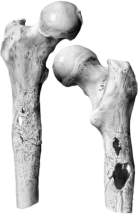
John Hunter Leicester square house model
English Literature
- GCSE
- A-Level
- Frankenstein – Mary Shelley
- Strange case of Dr Jekyll and Mr Hyde – R L Stevenson
- Study a 19th-century novel.
- Develop skills to analyse how the language, form, structure and context of texts can create meanings and effects.
- Develop skills to maintain a critical style and informed personal response.
- Develop comparison skills.

The Resurrectionists by Thomas Rowlandson, c.1775
Lesson plan for the study of Frankenstein - Mary Shelley
Download Learning-lesson-plan_Frankenstein.docx (docx, 709.326 KB)
Science passages in Frankenstein (pdf, 237.12 KB)
Additional reading
- Notes on Giovanni Aldini's experiments with galvanic fluid
- Notebook recording experiments by Signor Aldini
- An account of the late improvements in galvanism
- Sparks of life
- Frankenstein: the real experiments that inspired the fictional science
- Executed at Newgate
- An enquiry into the probability and rationality of Mr. Hunter's theory of life, being the subject of two anatomical lectures delivered before the Royal College of Surgeons, of London / by John Abernethy.
- An enquiry into the probability and rationality of Mr. Hunter's theory of life, being the subject of two anatomical lectures delivered before the Royal College of Surgeons, of London / by John Abernethy. Online pdf

Hunter's house in Leicester square
Explore John Hunter's Leicester square house source of inspiration for the Strange Case of Dr Jekyll and Mr Hyde. When Robert Louis Stevenson wrote his gothic horror story of Dr. Jekyll and Mr. Hyde, he based the house of the genial doctor-turned-fiend on the home of John Hunter. The choice was understandable, for Hunter was both widely acclaimed and greatly feared.


